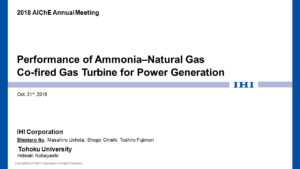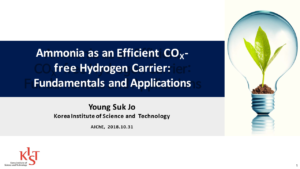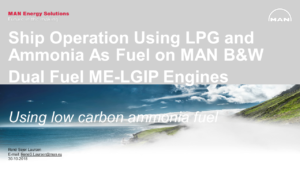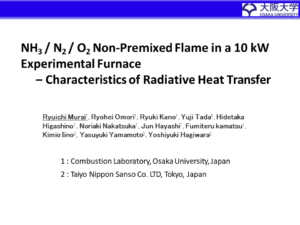Presentation
Analysis of an Ammonia/Ammonium Nitrate Fuel's Thermal Decomposition By Mass Spectrometry and Thermogravimetric Analysis
Research on renewable synthetic fuels has become a hot-topic in recent years. This is due to the long-term energy storage capabilities of chemical bonds and their potential compatibility with current energy infrastructure. Specifically, nitrogen-based fuels offer a carbon-free solution to wide scale implementation of renewable energies. Therefore, the inherent chemistry involved in the utilization of these fuels for stationary and mobile power generation is of prime interest. Unlike ammonium nitrate, ammonia suffers from unstable combustion characteristics. Therefore, adding ammonium nitrate to ammonia combustion may stabilize the process. However, while ammonia’s gas-phase reaction mechanism is well studied, ammonium nitrate’s is poorly…






